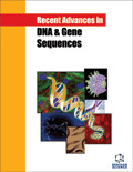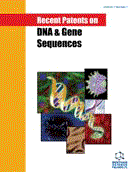Abstract
In an attempt to establish the origins of human modernity, the empirical evidence for cognitive abilities of early humans is examined. This leads to the appraisal of all currently known earliest instances of art-like productions by humans. But rather than simplistically defining them as forms of art, they are assessed as exograms, i.e. as memory traces stored external to the brain. A variety of extremely early paleoart objects from the three Old World continents are considered, focusing especially on the category of beads. This results in the finding that the abilities of the ancients are universally underrated, which is partly attributable to the effects of taphonomy on archaeological remains. Other distorting factors in archaeological explanation are explored, leading to the question: are there better ways to establish what happened in the human past?
Keywords: Lower Paleolithic paleoart, exograms, beads, cultural sophistication, taphonomy, taphonomic logic, Déformation professionnelle, problems with archaeology, replicative archaeology.





















